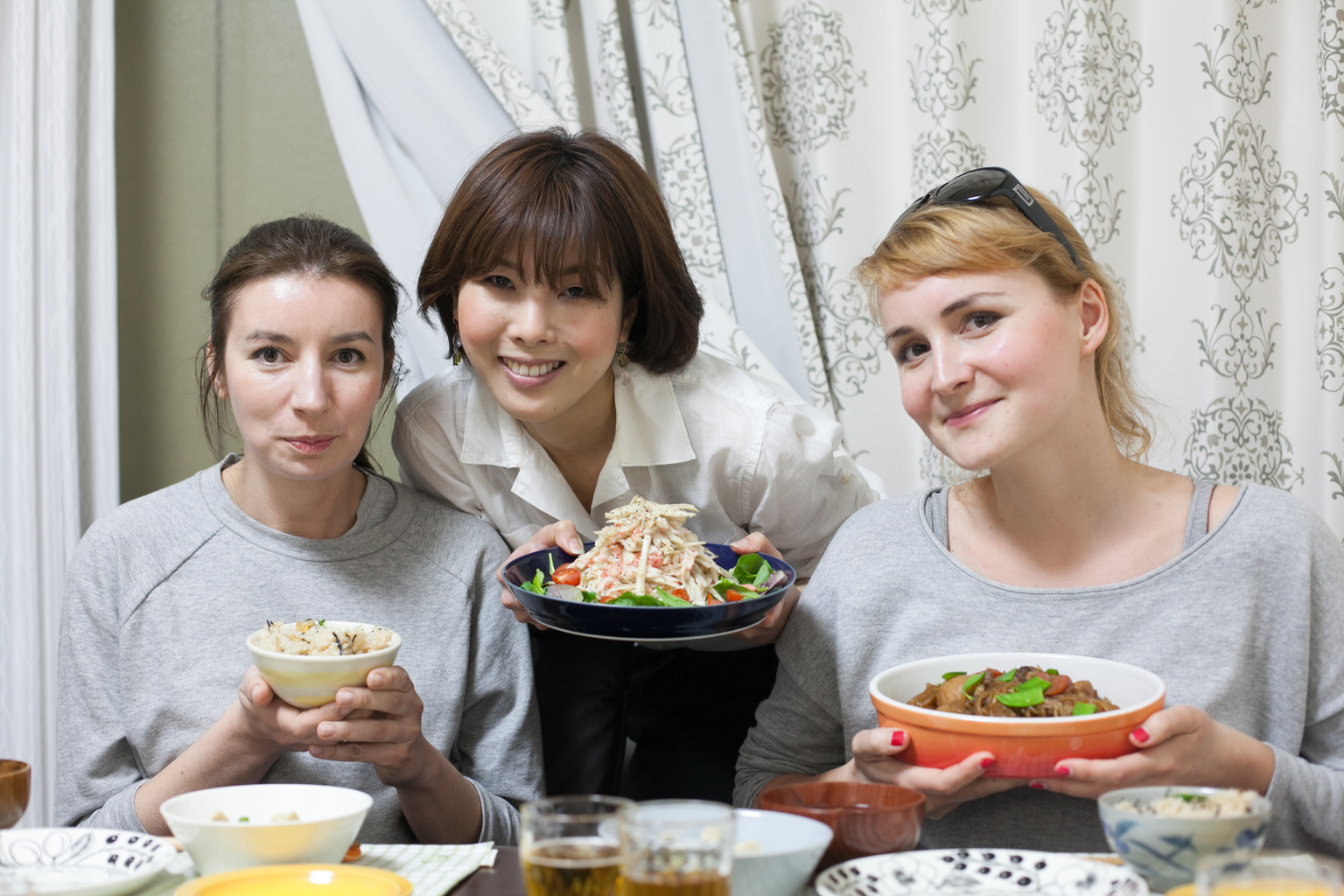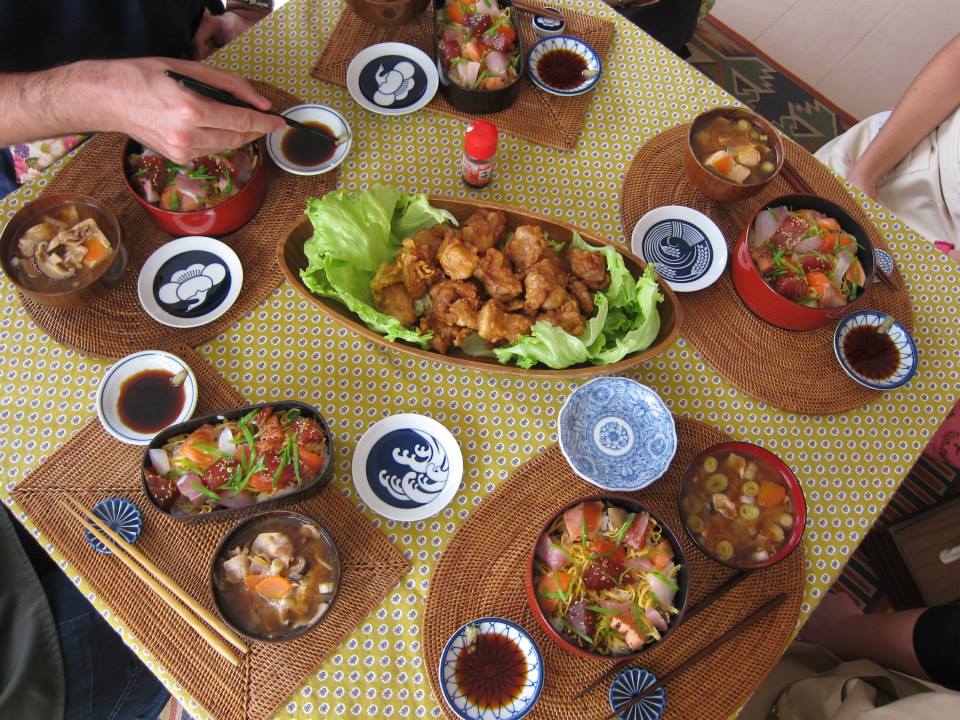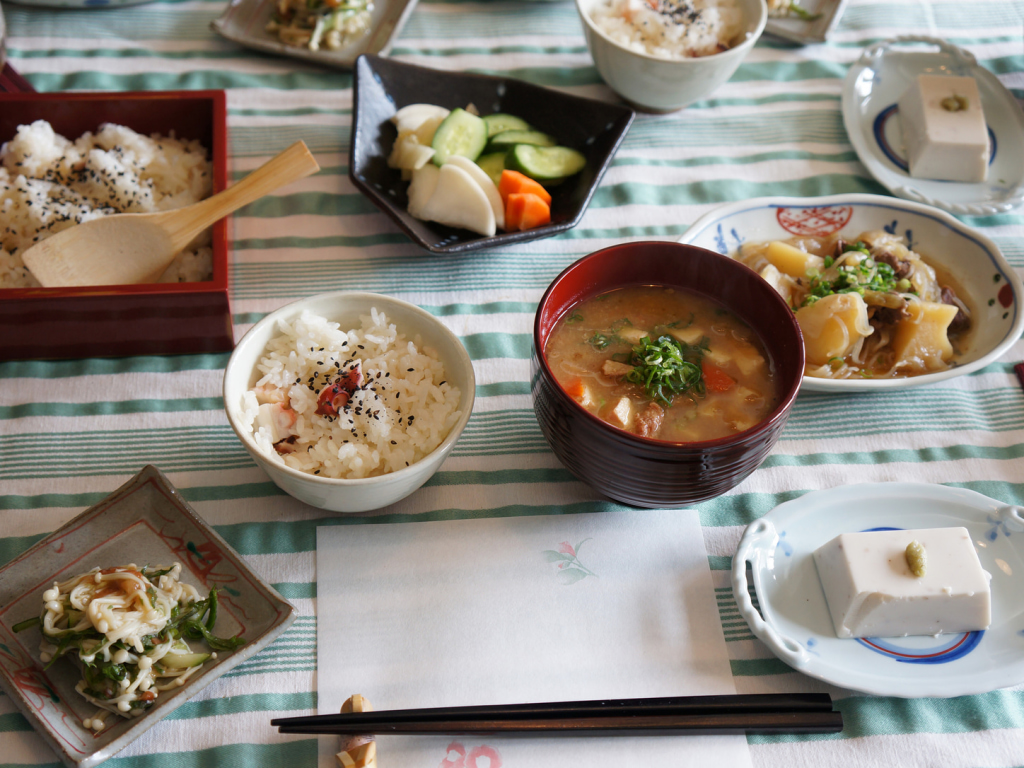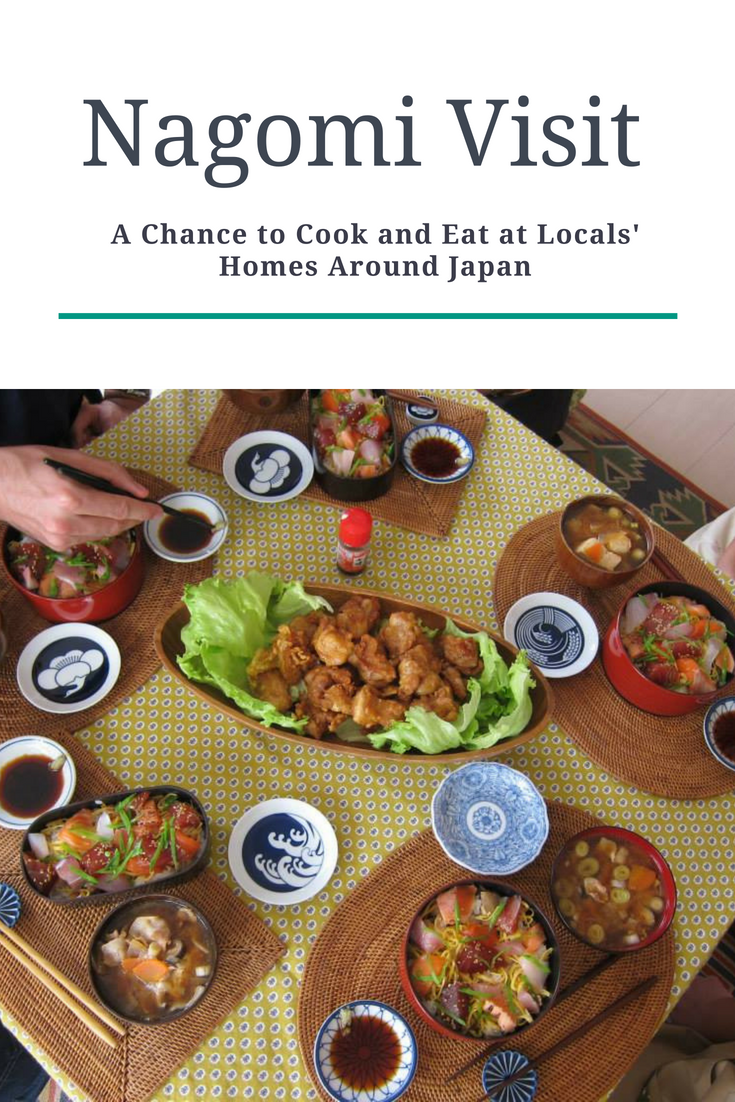Founded in 2011, Nagomi Visit is an NPO that brings together local hosts and international guests through the experience of cooking and eating at the hosts’ homes. Run by founder and CEO Megumi Kusunoki and COO Alisa Sanada, the program was recently awarded the Japan Foundation Prize for Global Citizenship, and has exceeded expectations in terms of its growth and popularity. We chat with Sanada to find out more…
How and why did Nagomi Visit begin?
In 2009, Megumi visited Denmark for the first time and was invited to a local family’s home for dinner. This experience served as inspiration for the idea behind Nagomi Visit. As for me, my bicultural background as Japanese-American and extensive experience of home staying while traveling around the world led to me wanting to become part of this Nagomi movement of bringing about cultural understanding.

How has the project grown over the last few years?
The first Nagomi Visit happened in September 2011 with four guests and hosts who met in various homes in Tokyo. Now, we have more than 900 hosts all over Japan, from Hokkaido to Okinawa, with around 100 to 200 people participating in Nagomi Visit every month. Over 6,000 guests from 67 countries have taken part.
Why did you choose food and home cooking as the basis of bringing people together?
Our goal is to be a cultural exchange program that is accessible to everyone, easy to use, and where real friendships form. Cooking together is always a great ice breaker, so we decided to focus the project around going to a local home somewhere in Japan and cooking and eating together. If you just moved to Japan or are traveling around Japan while living in Tokyo, we want to provide the opportunity to meet new locals through a Nagomi Visit.
What kind of food do the hosts serve?
Making and eating okonomiyaki, takoyaki, or gyoza together is quite popular. If you visit more remote parts of Japan, regional foods such as Sicilian rice in Saga might appear.
What’s the dynamic like between hosts and guests?
All our hosts are volunteers. We thought the host and guest dynamic might change if money was exchanged, so the fixed participation fee that guests pay (¥3,500) is just enough to cover the costs of ingredients to make the meal, and to support our operational costs. We wanted to be mindful with our approach to cultural understanding so we decided to be a non-profit organization to construct a program where hospitality can stay genuine.
Why do you think so many Japanese hosts have signed up?
One of our aims was to make engaging with people of different backgrounds accessible to anyone. This especially becomes important to those who are busy with work or raising kids as they might not have the time or money to engage in some sort of cultural exchange whether it’s through travel or study abroad. This also applies to people who live in more rural areas of Japan who might not have access to any language schools or cultural events.

What kind of feedback have you had from hosts and guests?
For many of our guests, it’s hard to find opportunities to communicate with locals so the Nagomi Visit is usually their first time being able to ask questions and simply have a nice chat. Many come back to visit their hosts so we consider the Nagomi Visit just the beginning. If the hosts have kids, they notice differences in how their children respond to people of different backgrounds – they are often first shy in general or with their English language skills, but after a few minutes into the first Nagomi Visit, they become more assertive. By the third Nagomi Visit, many kids are waiting for the guests at the door, so we think this shows how the experience helps the next generation to build confidence in cultural exchange.
What’s next for Nagomi Visit?
Kanto and Kansai areas are very popular for the Nagomi Visits, but we are hoping more people will begin to visit hosts in more rural areas, so we’re trying to focus on promoting lesser known parts of Japan.
For more info and to book an experience with Nagomi Visit, see our Concierge listing.










